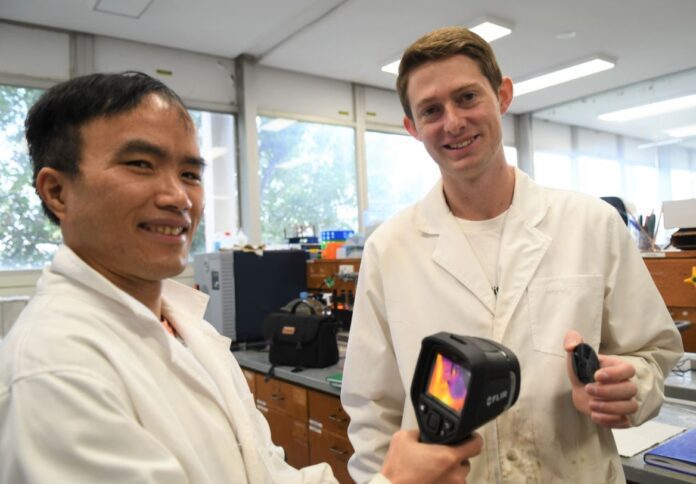
Researchers from Flinders University have discovered a new, inexpensive material that may be used to create thermal imaging lenses, hinting at new manufacturing uses for the technology.
In a news release, the university stated the need for more affordable alternatives, which prompted a multidisciplinary team from Flinders University to develop a solution in a new polymer material consisting of sulphur and cyclopentadiene.
According to reports, high-performance polymers have a special capacity for transmitting infrared light.
“The material combines high performance, low cost and efficient manufacturing,” said PhD candidate Sam Tonkin, first author in a new article in the international Advanced Optical Materials journal.
Tonkin noted the discovery may open up new markets for thermal imaging that were previously excluded due to the expensive cost of germanium or chalcogenide lenses.
“This is a rapidly developing field which will see exciting advances in the next few years,” he added.
Currently, germanium or chalcogenide glasses are employed to make the lenses for thermal imaging.
Germanium is a rare element that is also quite expensive, and the university said that several thousand dollars can be spent on some germanium lenses.
Co-author Dr Le Nhan Pham, a Flinders University researcher in computational and physical chemistry, stated that reacting sulphur and cyclopentadiene together provides a black plastic with high transparency to infrared light.
“This novel material was designed to have a wide array of potential applications from space engineering to military operation, and to civil and aerospace industries,” he said.
The study reported some significant scientific advances, such as a new reactor designed to enable the key reaction.
The research also includes quantum mechanical calculations to explain how and why the material is transparent to infrared light, which is used in thermal imaging.
These discoveries will also be valuable in the future when designing new lenses with improved qualities, the university said.
The research was supported by the Australian Research Council’s Future Fellow Prof. Justin Chalker and the Flinders University Impact Seed Funding for Early Career Researchers.




















